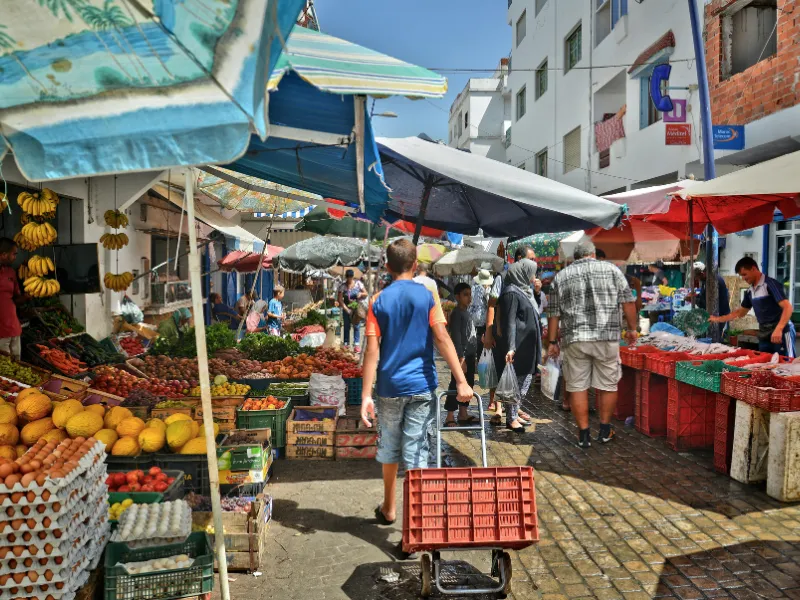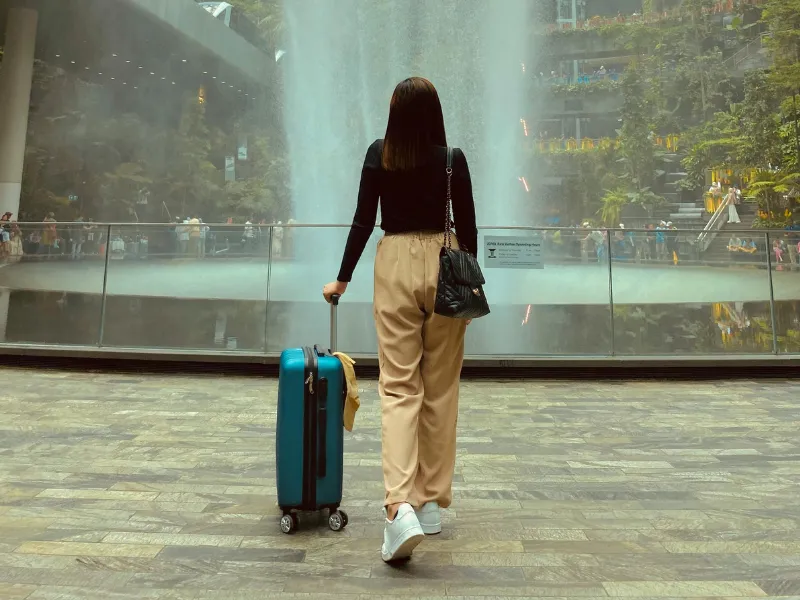Posted by: Eco Travels Wellington
When you think of travel, you might picture famous landmarks or serene beaches — but some of the most vibrant, authentic experiences lie within the bustling chaos of local markets. From handcrafted textiles to rainbow-colored spices, markets are where culture, cuisine, and community collide.
Here’s a visual journey through 7 of the most colorful markets around the world that every traveler should add to their bucket list.
1. La Boqueria – Barcelona, Spain
Located just off La Rambla, La Boqueria is one of Europe’s most famous food markets — and a feast for both the eyes and the stomach.
What to Expect:
Bright displays of fruits, vegetables, and fresh seafood.
Rows of rainbow-colored candies and handmade chocolates.
Tapas stalls where you can snack like a local.
Tip: Visit early in the morning before the crowds roll in, and bring cash for small purchases.
2. Chichicastenango Market – Guatemala
Set in the highlands of Guatemala, the market in Chichicastenango is alive with colorful textiles, traditional masks, and rich Mayan culture.
What to Expect:
Boldly woven fabrics in red, purple, and orange hues.
Local artisans selling hand-carved wooden figurines.
A spiritual vibe near the Santo Tomás Church, where ancient rituals meet Catholic tradition.
Tip: Bargaining is expected, but do so with respect. This market has deep cultural roots.
3. Chatuchak Weekend Market – Bangkok, Thailand
With over 15,000 stalls, Chatuchak is one of the world’s largest markets — and it’s bursting with energy, color, and chaos.
What to Expect:
Handmade crafts, quirky souvenirs, and vintage clothing.
Thai street food stalls serving everything from coconut ice cream to spicy grilled meats.
An explosion of sights, sounds, and smells that overwhelm (in the best way).
Tip: Download a map of the market beforehand — getting lost is almost guaranteed.
4. Souks of Marrakech – Morocco
Step into a living kaleidoscope inside the winding alleyways of Marrakech’s souks. These markets are as much about discovery as they are about shopping.
What to Expect:
Spices in every shade of red, gold, and green.
Moroccan lamps, leather bags, and intricate metalwork.
The unforgettable scent of argan oil and rosewater in the air.
Tip: Get ready to haggle — it's part of the experience. And don’t be afraid to explore beyond the main pathways.
5. Grand Bazaar – Istanbul, Turkey
One of the oldest and largest covered markets in the world, the Grand Bazaar is a treasure trove of colorful ceramics, Turkish delights, and handmade rugs.
What to Expect:
Over 4,000 shops under one historical roof.
A painter’s palette of spices, teas, and traditional lamps.
Friendly (and persuasive) vendors offering Turkish tea and stories.
Tip: Allow plenty of time — and take breaks in nearby tea shops to rest your senses.
6. Pike Place Market – Seattle, USA
An iconic American market with a Pacific Northwest twist, Pike Place is known for its flying fish and vibrant flower stands.
What to Expect:
Fresh seafood, artisan cheeses, and locally roasted coffee.
Bouquets of tulips and sunflowers that line the walkways in spring
Buskers and artists adding a soundtrack to your visit.
Tip: Don’t miss the gum wall — it’s gross and fascinating at the same time.
7. Tsukiji Outer Market – Tokyo, Japan
Though the famous inner fish market moved, Tsukiji’s outer market remains a haven for foodies and culture seekers.
What to Expect:
Japanese street snacks like tamagoyaki (sweet egg omelet), grilled squid, and matcha desserts.
Traditional kitchen tools and ceramic bowls in elegant pastels.
A quieter, more orderly market experience — but no less colorful.Tip: Try everything. Especially the fresh sushi — it doesn't get better than this.
Final Thoughts
Markets are more than just shopping spots — they’re a lens into the soul of a city. They tell stories through textures, tastes, and conversations. Whether you’re chasing color, culture, or a great photo, these markets deliver experiences you’ll never forget.
So next time you travel, skip the souvenir shop and head straight to the market stalls. You might not just leave with a trinket — you might leave with a story.






